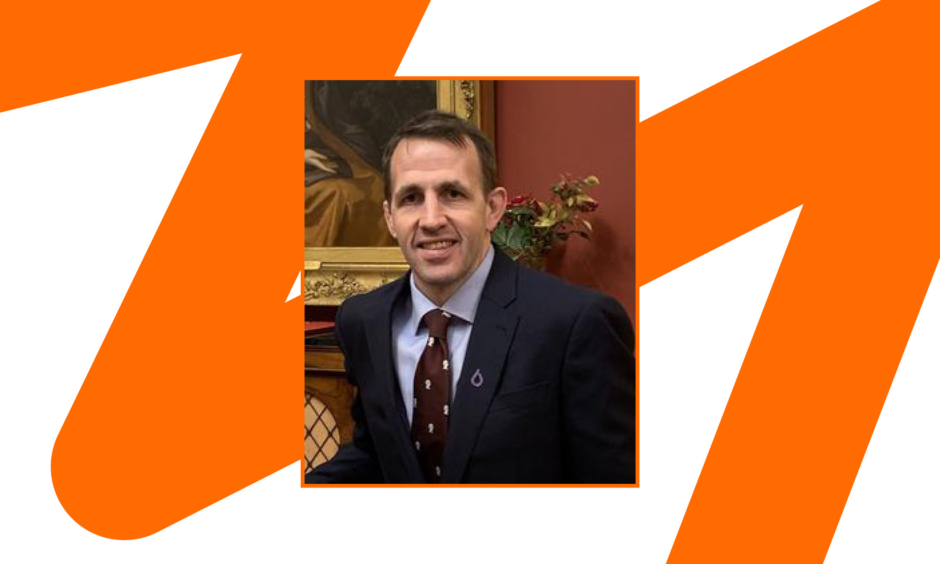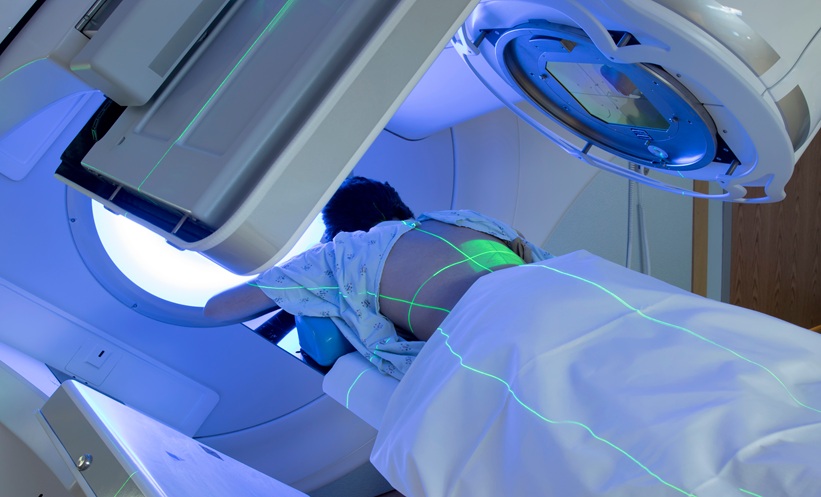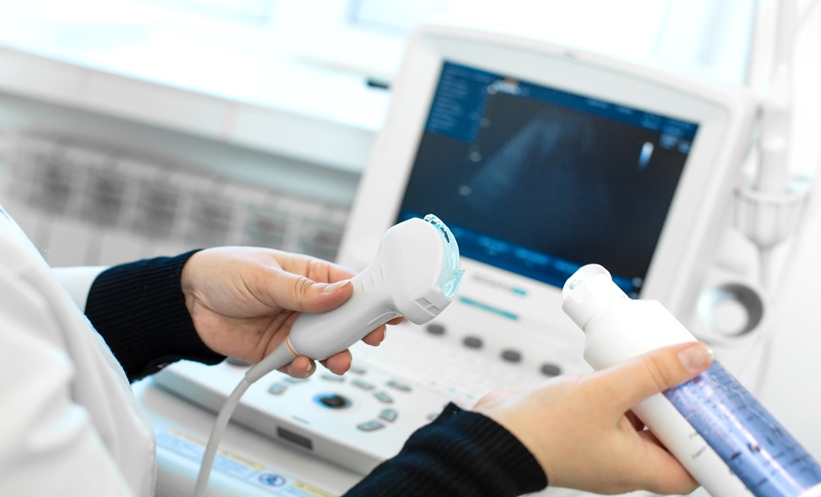Ben Challacombe | Consultant Urological Surgeon, Guy’s and St Thomas’ NHS Foundation Trust and King’s College London, UK
Citation: EMJ Urol. 2023; DOI/10.33590/emjurol/10305894. https://doi.org/10.33590/emjurol/10305894.
![]()
Having spent over 10 years in your current role with Guy’s and St Thomas’, what initially sparked your interest in urology and has pushed you to reach your established position today?
The interview answer to why most people do urology is probably similar to the real answer for me; it’s a specialty which deals with quite common diseases of ageing, but it does deal with both males and females, and can range from very small procedures all the way up to quite massive operations. I’ve been involved with quite a lot of cancer work, which I find very stimulating, and I suppose within all that there has been a link with urology.
This specialty has been very good at being an early adopter and embracer of technology. Most of the things I do are either with robotics or with laser technology, and I think that has kept it really exciting for me over the over the 10 or 12 years in which I have been consulting.
As the highest-volume surgeon for robotic partial nephrectomy in the UK, what are some of the unique challenges associated with performing this type of procedure?
In robotics, I do about half kidney and half prostate procedures. For me, the kidney provides a real variety that is very exciting; you can get a tumour on the left kidney or the right kidney, you can get it on the front or the back, it can be sticking out, it can be sticking in, it can be small or medium or large… So you have to do a lot of kidney surgeries before you find two procedures that are exactly the same. All of these different situations mean that there’s so much variety, and I find that very stimulating.
However, the prostate is a much more standardised procedure. The steps are very precise, and you could almost write these down for every operation. The challenge here is that it’s so complicated. With prostate surgery you never get it absolutely perfect, and you’re always searching for a sort of ‘holy grail’ and the perfect operation. Even when you get it 98% right, in your own mind you’re thinking, “Maybe I could have got a couple more percent.” I think those for me complement one another; one is the variety of cases, and the other is the challenge of delivering an excellent procedure every time.
How does leading a HIT list surgery differ to usual procedures? In what way do you see this initiative impacting the field of urological surgery in the near future?
I picked up on the HIT list program after seeing publicity from some other specialties. Being a surgeon, and therefore relatively competitive, I thought, “Why can’t we do some? Can we get involved in urology?” It’s pretty difficult to do within the NHS, to produce an incredibly rapid turnover and absolutely maximise the time surgery is taking place within the operating theatre. When you divide a surgeon’s time up, less than half of their day will be actually performing surgery in theatre, and there is a lot of downtime, waiting before and after cases. The concept feeds right into surgeons’ hands, who love operating and want to do the job they have been trained for, minimising any delays and interruption. It really is a concept that can be applied across all surgeries in our, and every other, department.
Leading the surgery, there was an element of bringing everybody on board, and getting everyone enthused. This was pretty easy in an environment where people like a challenge. There were so many people involved in this, with multiple teams meeting together and on Zoom calls, from the nurses on the ward to recovery, pharmacy, and nurses in the clinic.
I may be biased, but I think this was the most complex HIT list we have done. For example, if you’re just operating on hernias, the patient comes in for their procedure and they go home on the same day; whereas with cancer surgery using catheters, you’ve got to prepare the patient beforehand, you’ve got to deliver a surgery, and then they need quite a lot of follow-up in those first couple of weeks.
We had to get the timetable prepared, and we had to organise the consenting process from an anesthetic and the surgery point of view beforehand, so that the patients could come in in a streamlined manner on the day. All of the preparation was done upfront, and this allowed us to really knock through the work on the day. This could only happen because of all the time and effort put in to organise it beforehand. It worked really well.
Having collaborated on over 200 peer-reviewed papers, multiple book chapters, and more than 400 presentations, are there any gaps in the literature within your specialty you would like to see more research?
There are gaps that have never been answered that should have been. But there are also new gaps emerging. So, if we get a new type of robot, like we did last year, we can look at how this compares to an existing robot, and this is new research. We may well be getting another new robot soon, so then there will be work comparing all three. But then I suppose there are also those moments when you sit at home or lie in bed with a cup of tea and think, “Well, why has nobody ever looked at that?”
Touching on the HIT list again, it’s made us think about some of the processes we do as standard, and whether we really need to do them that way. We ask questions like, “Why can’t we have an turnover of 10 minutes on an average day?” In our case, we have found the patients themselves started supporting each other, forming a WhatsApp group to talk about milestones, and comparing recovery. There are some amazing things we can take away from this initiative, for me the most important being the enthusiasm and energy it provided.
You can only change two things in a fixed system within the NHS: efficiency and morale. Everything else is fixed; a certain amount of days, a certain amount of theatre time, and so on. We managed to affect morale in order to improve efficiency, with exactly the same footprint of kits, equipment, and personnel. In terms of tangible research, we have written this all up and there will be some papers coming soon; that in itself it is a new niche.
Your education and professional experience have involved you travelling as far as the Royal Melbourne Hospital in Australia. Where do you believe you gained the most valuable experience, and how was this integral for you to make it to where you are today?
Firstly, you’re learning all the time, and anybody who thinks they aren’t shouldn’t be doing surgery. You need to learn from others, yourself, mistakes, rare complications, every day and every week.
The seminal year of my life, in terms of crossover between experience and learning, was my year in Australia. You’re exposed to a completely different situation in another healthcare system. You see how people handle themselves, and what they do, good and bad. This actually stimulated me to run our Fellowship programme, and the Fellows turn up thinking that they are here to be taught by me. But I am as equally interested in what they can tell me about where they come from, and what they do in different ways. We hear from them in our academic meetings, asking them to tell us all the things they do that we can improve, so we can all learn as a department.
That is the key year as a young surgeon, that final year of training. After that, no one really trains you, and you have to sort of fend for yourself. I would advise that if you can, and it works with your family and your partner, do a period of time abroad, as it is a very valuable experience.








